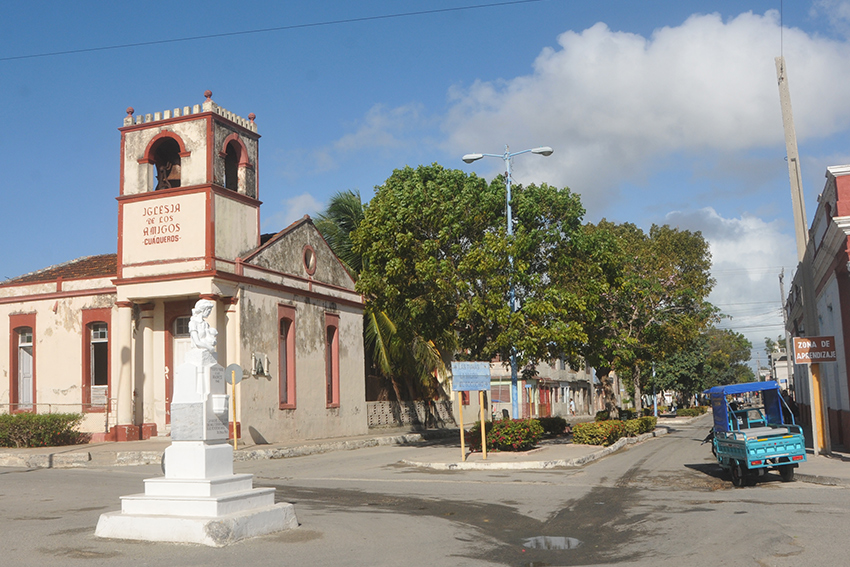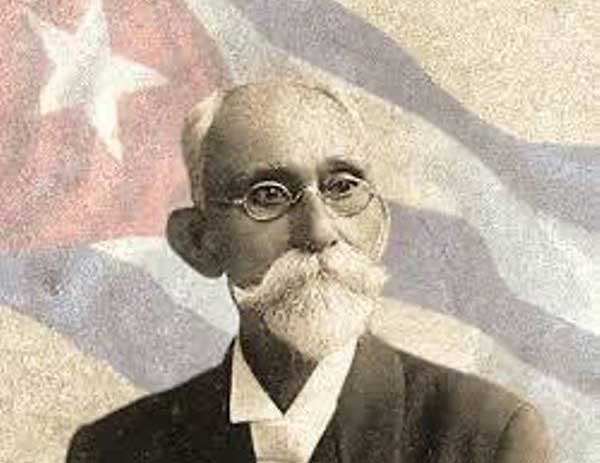
Perceptible to the eye, but overshadowed by the daily rush, the historical heritage and the vortex of the present times converge in the same place. The small-format tribute, located in one of the main arteries of Puerto Padre; Major General Máximo Gómez Avenue, praises enormous values and a protagonist of Cuba's independence process.
Puerto Padre, Las Tunas.- 26 Newspaper, with the complicity of museologist and researcher Abel Sastre Matos, travel through the asphalt of Puerto Padre on a journey through the ages.
Thanks to the urban development during the economic and social boom of the city, the need to expand the buildings towards the hill arose. "That is how having Libertad Avenue, the promenade that was going to divide the town into four sections and connect mainly with the town of Delicias, Chaparra, and even Holguín is created," emphasizes Sastre Matos.
"At first that street was called General Molinet, in allusion to Eugenio Molinet Amorós, who had been in the Liberation Army and also served as administrator of the Central de Chaparra Sugar Company in that territory. This was intended to highlight his name for the contributions he made to this locality, in addition to his participation in the Mambi struggles. However, in the 30s Molinet was part of the directive in the government of Gerardo Machado and when he was overthrown on August 12, Machado left and so did Molinet. The anti-Machado forces decided, in combat to all traces of that dictatorship, to name it 12 de Agosto Avenue."
 United by dates; however, distanced by calendars, the resumption of the libertarian deeds and the current designation of the roadway, find in the Generalissimo the virtue of one who loved and suffered for Cuba as one more Creole.
United by dates; however, distanced by calendars, the resumption of the libertarian deeds and the current designation of the roadway, find in the Generalissimo the virtue of one who loved and suffered for Cuba as one more Creole.
"In the 1940s, when Raúl Cabrera del Valle was mayor, Santiago Marrero Giraldo, who was Máximo Gómez's bodyguard, and after serving in the Havana police force, moved to Puerto Padre and proposed changing the name to General Máximo Gómez Avenue. This event, supported by Cabrera del Valle, took place on February 24, 1948, the date on which a ceremony was held in which Marrero spoke about the value of Máximo Gómez and a small plaque was placed on the wall of the church of Los Amigos Cuáqueros. The plaque consisted of two columns and was inside a triangle with the effigy of Máximo Gómez."
The fact, 53 years after the end of the armed conflict, as well as 43 years after the death of the patriot, shows the gratitude of the nation to a figure that José Martí described as "great in war and dignified in peace". With the virtue of remembering the past to set goals, the people of Puerto Plata have in their daily walk the most audacious source of wisdom.





